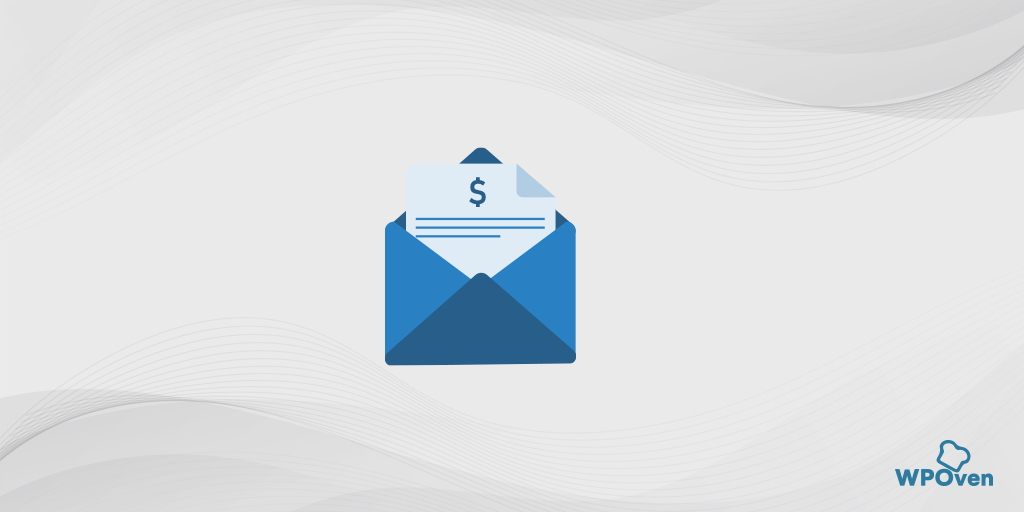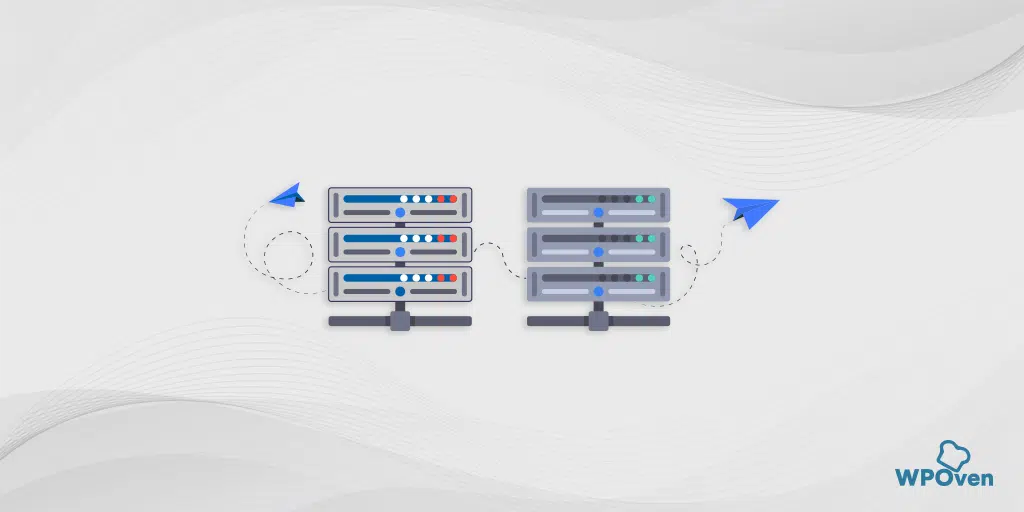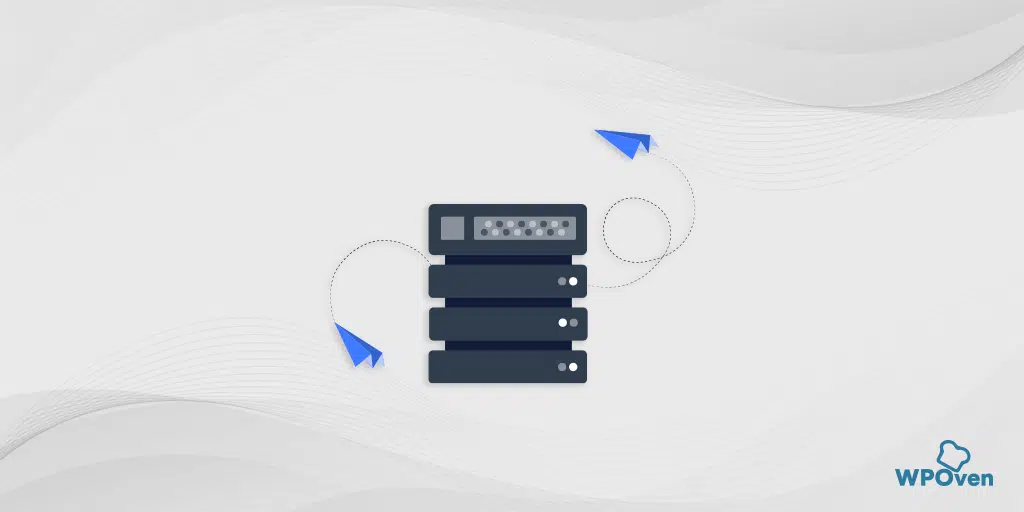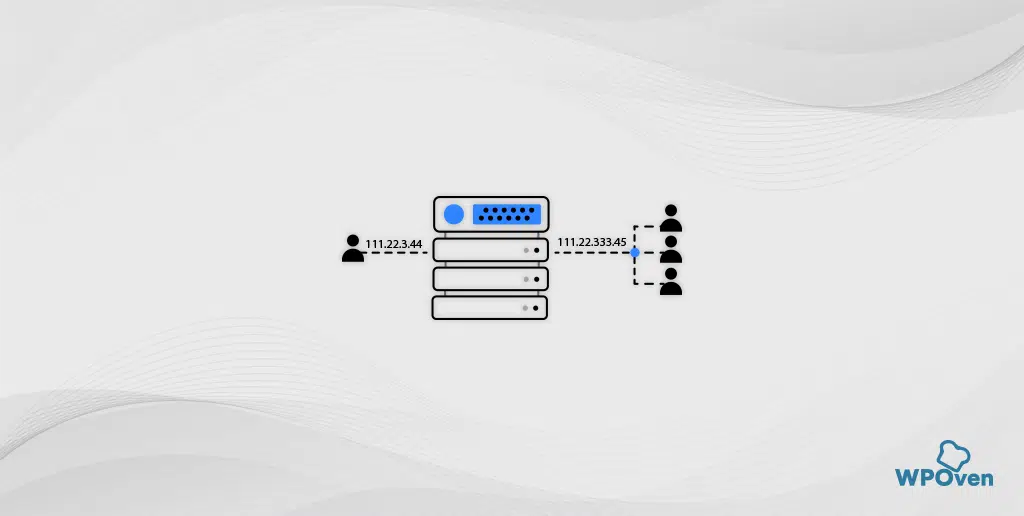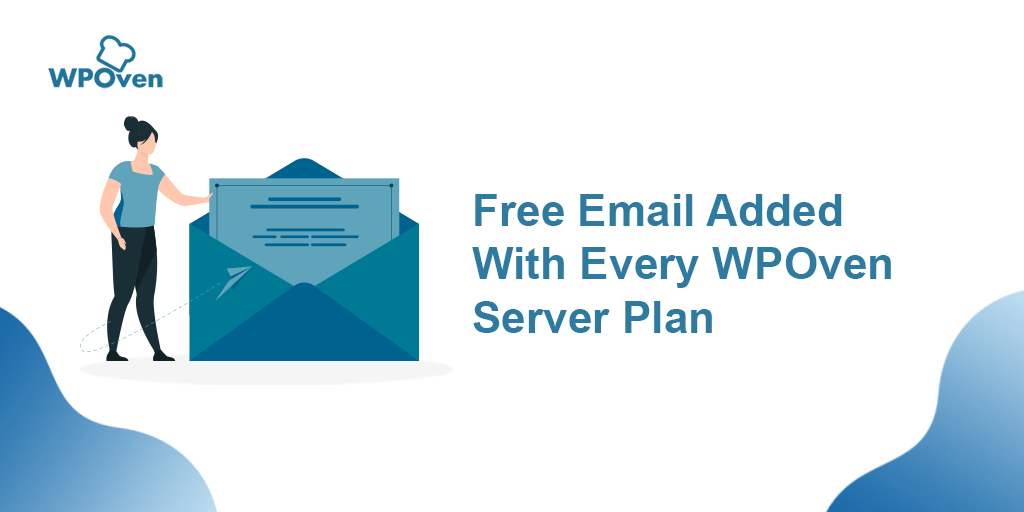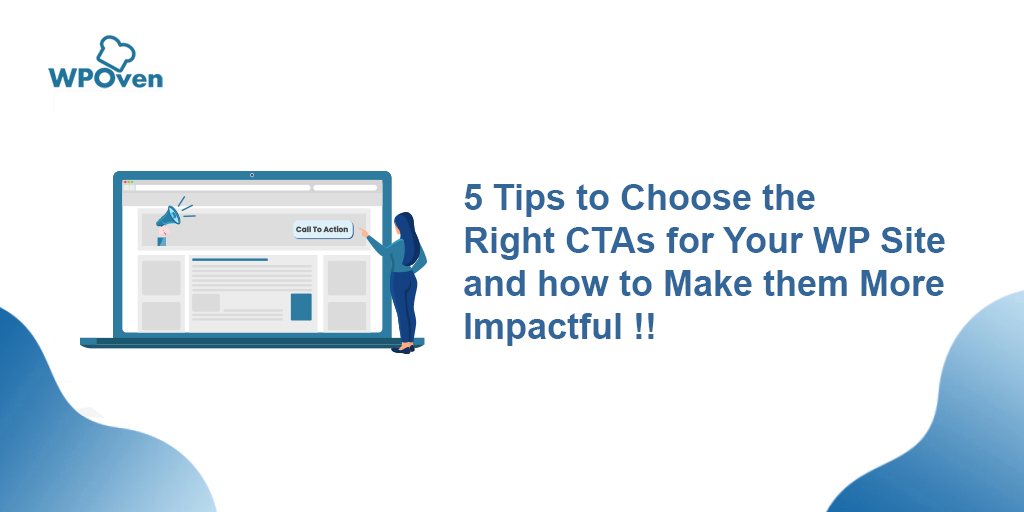One of the key tasks for any business is to find the best ways to boost its self-promotion. In the times when contactless commercial operations refuse to slow down, the role of email communication in B2C relations is booming.
According to the latest studies, 57% of customers prefer textual responses to voice support. The main type of direct electronic commerce operations is transactional marketing.
The core explanation of transactional emails
The essence of this option for sending messages on behalf of your company lies in its title. That is, a transactional email gets into users’ mailboxes when they accomplish some actions on your business website.
Usual requests, clicks on the links, filled-out forms, or initiated baskets become a trigger that consolidates the connection between a potential or existing client with your company.
Why they are important
Transactional emails have an advantage over other email marketing options as they are not considered as spam. The customer’s action on the website shows the existing interest, and your next task is to warm it up through further actions.
The strategy of transactional emails does not affect a faceless list of recipients but focuses on a circle of interested parties. It allows you to achieve 32.8% higher open rates than in a situation with intrusive non-transactional mailing.

Therefore, transactional messages have high potential since these emails contain the content that is necessary for the recipients and involves them in the process of communication, which is conducted in a convenient, timely manner. While you can understand what is CCaaS and integrate it for better communication, there’s still some work to do for a complete success.
Content of transactional emails
The transaction becomes an opportunity to establish or develop an email connection with a site visitor, provide vital information in response to a request, pose an answer to a question, or provoke interest in the company’s other products or services. For instance, in response to purchase, the customer receives a check and confirmation of a successful money transfer.
In the case of an unsuccessful operation, an email will contain advice to repeat the request, as well as the consequential product description. In case of a two-level authentication on the site or loss of the user password, the client naturally will expect an early message with an access code or way to reset a new password.
The format terms are equally vital. Clients should be able to send a response to the letter, so the line from: needs at least a general mailbox of the company for contacts, and in the topic: part, you can place an eye-catching phrase that will prove an attentive approach to the client.
There must be a personal signature or explanation if this letter is generated automatically, but even in this case, you need to add the details for further contact. Sometimes, you can even leave a set of possible options to reach you like LinkedIn, Facebook, instant messengers (apps like Slack), and more.
There can be no generated templates for such letters, since their scope primarily depends on the client’s request and should clearly respond to the placed task.
Intriguing cases of transactional emails
Here are a few cases to illustrate the principles of the bespoken approach:
- The Black Tux men’s fashion company announces the preparation of a set of rules for grooms and gives its customers a chance to register and familiarize themselves with the materials among the first while teasing the enthusiasm for future married. Click on the image below to read more about transactional emails-

- The Mention service that helps companies monitor brand references across the Web sends joyful and concise congratulations to new customers:

- A personalized approach, maximum utility in the form of delivery details, unobtrusive advice, and feedback flaunt on the example of a letter from the handmade and craft supplies vendor Etsy:

4 tips on crafting perfect transactional emails
Still, many transactional letters contain only dry information, not reflecting the brand, and not involving design and personal appeal to each client. To compose a competent transactional letter, you need to make sure that it follows these brief recommendations:
Unique subject line
In the first place, you need to “personify” your company and make the only visible preview part of the letter stand out from the rest of the client’s online correspondence. Then again, your ultimate goal is to make them open and read your message. Standard and overused phrases “Buy now” or “Last chance” only pull you away from it. The recipe consists of such ingredients as humor, laconicism, and experiments with your fantasy.
Make an experiment and track which subject lines you personally pay attention to. Use those tips in combination with what customers value your company for.
It seems that almost everyone has already moved away from the temptation to go down to a clickbait or shocking title. To be unique, it is sometimes enough to remain honest with the consumer.
When you send transactional emails using Mailchimp sometimes you can face Mailchimp omnivore issue read on to find out how to solve it.
Engaging and focused content
Next, take the time to make the content brief and concise. It will facilitate the navigation of the reader as well as impact the process of lead nurturing. It is necessary to give a clear understanding and capture the current situation of the client’s interaction with your company.
It can be a reminder letter about a completed purchase or registration. Obviously, you still have something to offer, or you expect some next actions, so make the next step clear for your recipient. Anything you want to anticipate, make it simple and readable throughout a few seconds.
Add personalization
By sending these types of letters, you should give them the touch of your brand identity. Make sure that they establish a visual connection with the company and correspond to the effective type of communication with clients.
Common decency is to address them by their names, prepare a selection of products and services according to their interests, send Birthday greetings, use content-focused approaches even like content curation, or other personalization tactics
Remember about the tech side
Keeping in mind all the above nuances of composing transactional emails, you should not forget about the technical parameters of the mailing process. After all, the work done to create the letter will be in vain if there are some deliverability problems.
You need to make sure that your letter will not only be sent to the right address but also that it will go straight to the inbox section. So, email deliverability shouldn’t be ignored. You need to remember about basic rules that will help to improve deliverability. For instance, always make your message responsive to different devices and test them. There are many tools able to help with deliverability issues. Alternatively, you can warmup email accounts before the campaign starts.
The top-tier option to maintain your reputation and take advantage of the effective content of your email is to use the Sender Policy Framework (SPF). An SPF record setup helps to achieve positive mail authentication and avoid excessive filtering processes, which can mark your message as spam or even block all the successive communication.
Things to avoid
In transactional messages, the ball must always be on the client’s side. The email should solve their requests when your practical necessities fade into the background.
Don’t be pushy
We like to have control over our own world, even if it is a mailbox space. The clients should keep the feeling of personal involvement in the process of receiving letters, remembering that a particular letter came in response to specific actions.
For example, the desired item is temporarily absent or is a bit pricey, and the client is eagerly waiting for a message about its availability in stock or cut in prices. On the other hand, let’s say a user has terminated a premium service and will wait for confirmation of the initiated cancelation.
Your task is to track the outgoing requests and not forget about your own benefit while keeping the customer’s interest at core.
Don’t send many emails
The basic advantage of transactional emails is that the recipient somehow expects them. Even if it’s just a simple welcome message with congratulations on recent registration on your site or subsequent recommendations with a continued action plan for a dedicated member.
However, do not go too far with such harmless messages. Just as the first or second letter is based on clients’ interest and willingness to collaborate, the third letter can fill up the cup and throw you into the section of annoying senders, who rarely get a second chance to be opened.
Don’t sell
Lastly, transactional emails should get as far away from advertising as possible. The best approach is an attentive response to a client’s request, which should implicitly raise your reputation as a reliable partner.
Further, the client will decide whether to advise you to his friends and to take other actions. For immediate sales, there are plenty of other ways, agreed?
Sum up
I want to remind the commonplace truth that transactional emails should not cover up all ways of communication with a client. Focused presentation and customized intriguing content allow you to convey value-added information to the clients.
Besides, in the league of ready-made answers to incoming questions and quick solutions to the most common needs of the customers, they show their viability and help to reach email destinations with greater efficiency.

Snehil Prakash is a WordPress enthusiast and web development expert who previously served as the Marketing Manager at WPOven. He believes that business owners should spend their time investing in their core business missions, not setting up and maintaining a WordPress site.
Snehil has been instrumental in providing all-inclusive managed WordPress solutions to businesses of all sizes, ensuring that they have the resources they need for a robust online presence.

